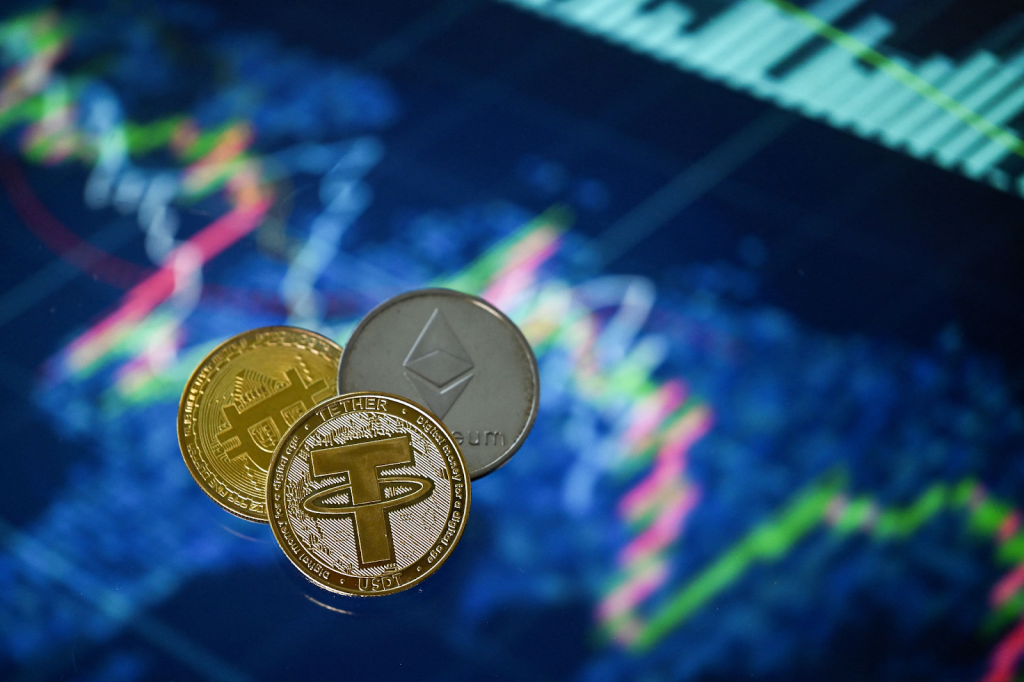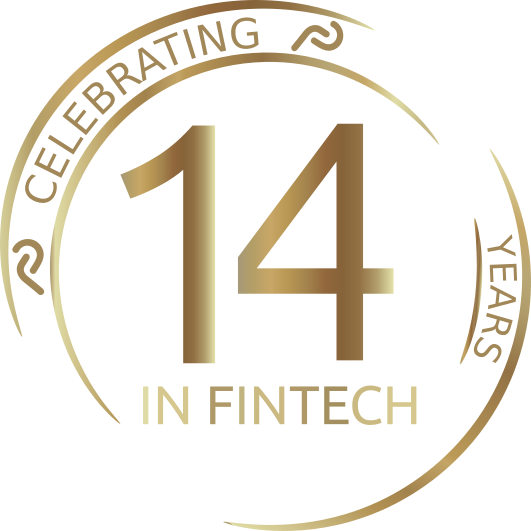By Mark Arthur

In just over a decade, cryptocurrency has evolved from a niche experiment into one of the most talked-about and traded financial ecosystems in the world. Behind that rise is a powerful backbone — the crypto exchange.
These platforms are the bridges between traditional finance and blockchain innovation. They make it possible for anyone, anywhere, to buy, sell, or trade digital assets securely. Whether it’s an institutional investor moving millions or a new user making their first Bitcoin purchase, the exchange is where it all happens.
But the exchange landscape has become increasingly complex. From centralized trading platforms to decentralized protocols and hybrid models, each offers different benefits, risks, and regulatory implications. Understanding how they work, what sets them apart, and how to choose wisely has never been more crucial.
This comprehensive guide breaks down everything you need to know — from the fundamentals of how exchanges operate, to the rise of innovative platforms like Coinstable, which is redefining what it means to trade with confidence in an unpredictable market.
What is a Crypto Exchange?
At its core, a crypto exchange is a digital marketplace where cryptocurrencies are bought, sold, and exchanged. Similar to a stock exchange where traders buy and sell company shares, crypto exchanges facilitate transactions between digital assets — like Bitcoin (BTC), Ethereum (ETH), and stablecoins.
However, unlike traditional financial markets that close on weekends or holidays, crypto exchanges operate 24/7, powered by blockchain technology and a globally distributed network of participants.
These platforms serve as on-ramps for new investors, converting fiat currencies such as dollars or euros into crypto and off-ramps for seasoned traders who wish to cash out or rebalance their portfolios. They’re the heart of the global crypto ecosystem, enabling liquidity, price discovery, and financial inclusion at an unprecedented scale.
How Crypto Exchanges Work
Crypto exchanges function through a combination of software, blockchain infrastructure, and financial mechanisms designed to ensure secure and efficient trading.
Here’s how the process typically unfolds:
- Account Setup & Verification: Users begin by registering and verifying their identity (through KYC – Know Your Customer). This ensures compliance with anti-money laundering (AML) regulations and helps protect against fraud.
- Depositing Funds: Traders can fund their accounts via bank transfer, debit/credit card, or by transferring existing crypto assets. Some exchanges support stablecoins or other tokens as base trading pairs.
- Order Placement & Matching: Users place buy or sell orders. The platform’s engine then matches compatible orders — connecting a buyer offering a certain price with a seller willing to accept it.
- Trade Execution & Settlement: Once a match occurs, the transaction executes instantly, and the exchange updates user balances accordingly. Some trades are settled on-chain (visible on the blockchain), while others occur off-chain for speed.
- Storage & Custody: Crypto assets can be held on the exchange in hot wallets (connected to the internet for quick access) or cold wallets (offline, for security). Top exchanges maintain both for flexibility and safety.
- Withdrawals: Users can withdraw assets to external wallets or convert them back into fiat currencies. Withdrawal fees vary based on network congestion and asset type.
Under the hood, these processes are supported by advanced encryption, real-time monitoring, and security systems designed to protect billions in daily trading volume.

Types of Crypto Exchanges
As the market matured, crypto exchanges began to specialize — each type catering to different users, levels of control, and philosophies of decentralization.
1. Centralized Exchanges (CEXs)
These are the most common type and operate under a centralized entity that manages user accounts, liquidity, and transactions.
Examples: Binance, Coinbase, Kraken.
Advantages:
- High liquidity and fast order matching
- User-friendly interfaces and mobile apps
- Fiat-to-crypto gateways for easy onboarding
- Advanced trading tools and analytics
Disadvantages:
- Users must trust the exchange with custody of funds
- Subject to local regulations and government oversight
- Potential target for cyberattacks due to centralized control
CEXs remain the backbone of crypto adoption — ideal for users seeking convenience, speed, and regulated access.
2. Decentralized Exchanges (DEXs)
Decentralized Exchanges operate without intermediaries, using smart contracts to enable direct peer-to-peer (P2P) trading.
Examples: Uniswap, PancakeSwap, SushiSwap.
Advantages:
- Full control of your private keys and assets
- No KYC in most cases (more privacy)
- Community-driven and open-source
Disadvantages:
- Slower transaction times and higher gas fees
- Limited liquidity for smaller tokens
- Complex interfaces for newcomers
DEXs represent the philosophical essence of crypto — giving power back to users. However, they often trade off usability and regulatory safety for autonomy.
3. Hybrid Exchanges
Bridging the two worlds, hybrid exchanges combine the liquidity and user experience of centralized exchanges with the privacy and security of decentralized systems.
They often allow users to control their private keys while still benefiting from faster order execution and professional-grade tools.
While relatively new, they’re viewed as the future of exchange technology, promising both compliance and decentralization.
The Purpose of Crypto Exchanges
Crypto exchanges do far more than enable trading — they’re the infrastructure of the digital asset economy.

- Liquidity Creation: By bringing together thousands of buyers and sellers, exchanges keep markets fluid and prices fair.
- Price Discovery: Through real-time data aggregation, exchanges determine accurate global pricing.
- Access and Inclusion: They provide financial opportunities for individuals in countries where traditional banking is limited.
- Token Launchpads: Many new blockchain projects debut their tokens via exchanges, expanding investor access.
- Custody and Conversion: Exchanges safeguard digital assets and enable smooth fiat-crypto conversions.
Without exchanges, the crypto ecosystem simply couldn’t scale or sustain itself.
How to Choose the Best Crypto Exchange
Choosing the right crypto exchange can significantly impact your trading experience and financial safety. Here’s what to consider before committing your funds:
1. Security First
Your exchange should implement advanced security practices — including two-factor authentication (2FA), multi-signature wallets, cold storage, and encryption protocols.
Also, check whether the platform offers insurance coverage for digital assets.
2. Regulatory Compliance
Regulated exchanges adhere to financial standards that help prevent fraud and safeguard investors. Always ensure your exchange complies with KYC/AML regulations in your jurisdiction.
3. Supported Assets
Different exchanges offer different trading pairs. Beginners might prefer exchanges focusing on major assets (BTC, ETH, USDT), while advanced users may seek broader altcoin selections.
4. Trading Fees
Compare maker-taker fees, withdrawal costs, and deposit structures. Low fees are attractive, but transparency is more important — hidden charges often cost more long-term.
5. Liquidity Levels
High liquidity ensures faster transactions and better prices. Look for exchanges with large daily trading volumes and global user bases.
6. User Experience
A clean interface, intuitive navigation, and responsive customer support make a huge difference. The best exchanges also provide educational content and demo trading tools.
7. Customer Service
In crypto, timing is everything. Reliable 24/7 customer support (live chat or ticket system) is a must for quick issue resolution.
8. Reputation and Transparency
Before depositing funds, research reviews and community discussions. Reputable exchanges are open about their leadership, location, and licensing.
A well-chosen exchange should balance trust, accessibility, innovation, and transparency — much like Coinstable strives to do.
Spotlight on Coinstable: Redefining Stability in Crypto Trading

While most exchanges compete on the number of tokens or leverage options, Coinstable takes a more focused, and arguably more responsible approach.
In a landscape dominated by volatility, Coinstable was built around a singular mission: to provide a stable and regulation-aligned trading environment for crypto holders.
The platform enables users to swap volatile cryptocurrencies such as Bitcoin and Ethereum for more secure, stable, and compliant digital assets, ensuring peace of mind in turbulent markets.
What Makes Coinstable Different
- Regulatory Mindset: Coinstable is built with compliance, transparency, and investor protection at its core.
- Focus on Stability: Instead of encouraging speculative trading, it supports measured participation and long-term confidence.
- Simple and Seamless Experience: A clean, intuitive platform that makes conversions between crypto assets effortless.
- Trust and Transparency: Users retain clarity over fees, exchange rates, and transaction tracking.
By bridging innovation with security, Coinstable positions itself as the exchange for investors who want exposure to digital finance — without the chaos. It reflects a growing movement in crypto toward responsible participation and sustainable value creation.
Popular Crypto Exchanges in the Market
The crypto exchange ecosystem is competitive and constantly evolving, but a few platforms consistently stand out for their reliability, technology, and user experience. Here’s a closer look at some of the most recognized names shaping today’s digital asset market.
1. Binance
Binance remains the world’s largest exchange by trading volume, offering a broad range of cryptocurrencies, futures, and staking options. With low fees, high liquidity, and advanced tools, it attracts both retail and institutional traders. Despite facing regulatory challenges in some regions, Binance continues to lead global crypto adoption and innovation.
2. Coinbase
Coinbase is one of the most beginner-friendly and regulated exchanges, particularly popular among U.S. users. Its clean interface, strong compliance record, and secure custodial services make it ideal for newcomers. The platform’s educational content and institutional products bridge the gap between traditional finance and blockchain investing.
3. Kraken
Kraken is known for its security, transparency, and long-standing credibility in the crypto space. Supporting both spot and futures trading, it offers professional tools and a user-focused experience. Its emphasis on regulatory adherence and financial integrity makes it a trusted choice for serious traders.
4. OKX
OKX combines a wide selection of trading options with DeFi integrations and a powerful mobile experience. It supports hundreds of tokens and is praised for its reliability and innovation in Web3 and cross-chain technologies. OKX appeals to traders seeking flexibility, access to emerging crypto products, and a forward-looking ecosystem.
5. Bybit
Bybit has established itself as a top choice for derivatives and leverage trading. With fast execution, competitive fees, and strong customer support, it caters to active traders who value precision and performance. Its growing ecosystem now includes copy trading and yield opportunities, making it versatile and engaging.
6. Coinstable
Coinstable is a rising platform designed for users who prioritize stability, regulation, and simplicity. It provides a secure environment for managing and converting digital assets while maintaining transparency and trust. With its focus on sustainable growth and compliance, Coinstable represents a new generation of responsible crypto exchanges.
The Future of Crypto Exchanges
The crypto exchange of the future will look vastly different from today’s platforms. Here are some key trends shaping that evolution:
- Tokenization of Real-World Assets: Exchanges will move beyond crypto to tokenize commodities, real estate, and equities allowing fractional ownership of real assets. Coinstable is already taking the lead in this space with its Digital Ounce project, which tokenizes gold as a stable, asset-backed offering. Additionally, the platform enables institutional investors to tokenize real estate projects using stablecoins, paving the way for a more tangible and regulated form of blockchain-based value.
- Deeper Regulation: Expect clearer government frameworks that enhance transparency, investor protection, and operational accountability. Regulated platforms will gain an edge as the market prioritizes trust.
- AI-Powered Trading: Machine learning and predictive analytics will power smarter portfolio management, improve market efficiency, and help investors make data-driven decisions in real time.
- Interoperability Between Chains: Cross-chain swaps will enable seamless trading between networks like Ethereum, Solana, and Polygon, reducing fragmentation and enhancing liquidity across ecosystems.
- Integration with Traditional Finance: Banks and fintech firms are increasingly collaborating with exchanges to offer crypto-based investment products, bridging traditional financial systems with decentralized innovation.
Platforms like Coinstable, which embrace compliance, tokenization, and long-term trust, are best positioned to thrive in this more mature and transparent era of digital finance.

Conclusion
Crypto exchanges are more than marketplaces, they’re the foundation of the blockchain economy.
They democratize finance, give users control over their assets, and enable new forms of investment and innovation.
However, the abundance of options means investors must choose wisely. Security, compliance, user experience, and transparency matter more than hype. Exchanges like Coinstable reflect a growing shift toward responsibility and long-term value — a crucial step for crypto’s transition into mainstream finance.
Whether you’re buying your first digital asset or managing a multi-coin portfolio, the right exchange is your most important ally. Because in crypto, trust isn’t just built on technology, it’s built on transparency.




